Eliza Keil
A self-described “vocalist with an active body”, Eliza Keil was at one time celebrated as New Zealand’s Shirley Bassey. A Sunday News report from June 1969 noted Eliza specialised in sultry numbers on TV’s The Late Show and “in her club act she has been startling the more conservative patrons with her dramatic gowns”.
The cabaret scene of the late 1960s was a long way from her start as part of The Keil Isles, one of the country’s pioneering rock’n’roll bands whose debut long-player Take Off was included in music critic Nick Bollinger’s 100 Essential New Zealand Albums in 2009.
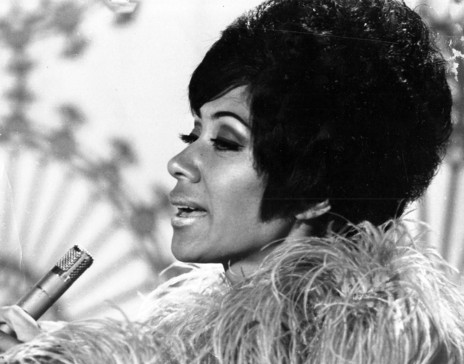
Eliza Keil in a television appearance.
Photo credit:
Eliza Keil collection
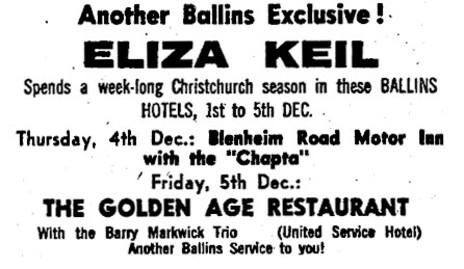
We're here all week: Eliza Keil appears at the Golden Age Restaurant for a season with the Barry Markwick Trio.
Photo credit:
The Press, 4 December 1969
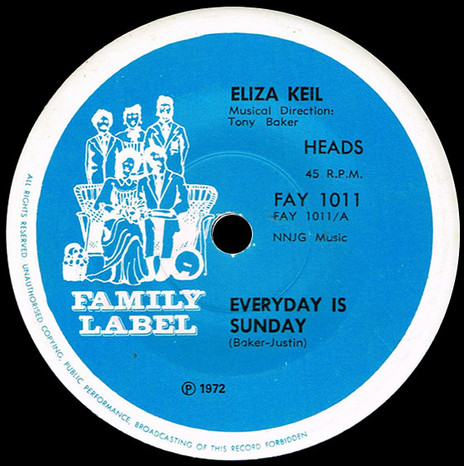
Eliza Keil - Everyday Is Sunday (Family, 1972)
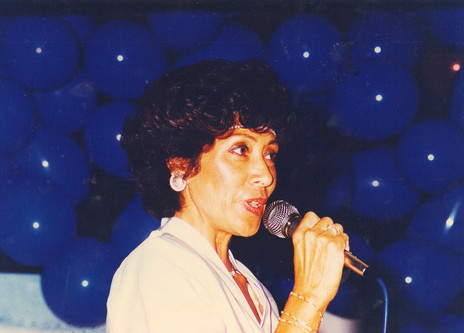
Eliza Keil in Vanuatu.
Photo credit:
Eliza Keil collection
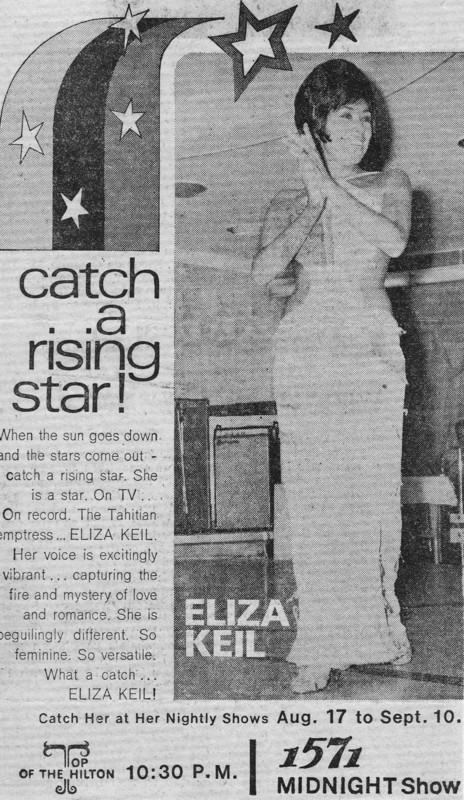
Eliza Keil.
Photo credit:
Eliza Keil collection
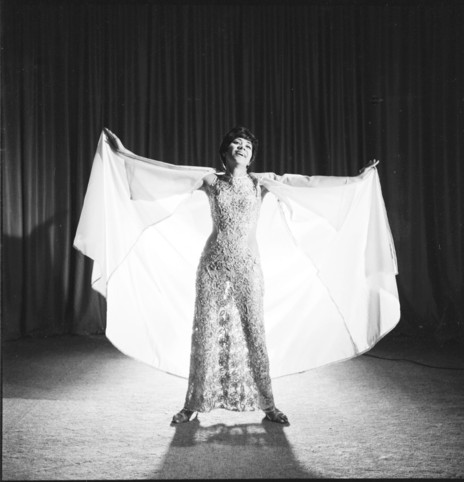
Eliza Keil, a studio portrait by John Rykenberg, 6 July 1968.
Photo credit:
Sir George Grey Special Collections, Auckland Libraries, 1269-Y782-11
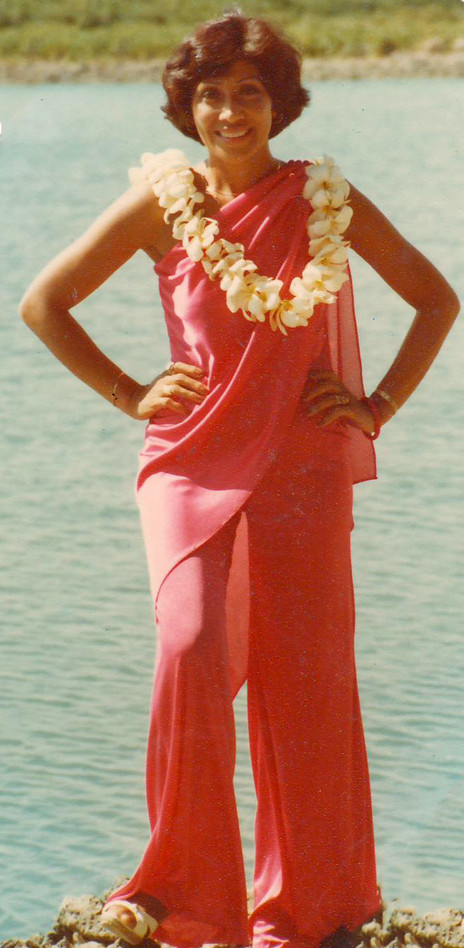
Eliza Keil in Samoa.
Photo credit:
Eliza Keil collection
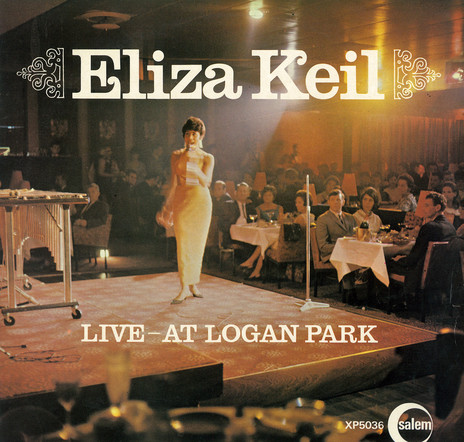
Eliza Keil - Live At Logan Park (Salem, 1967)
Photo credit:
RNZ collection
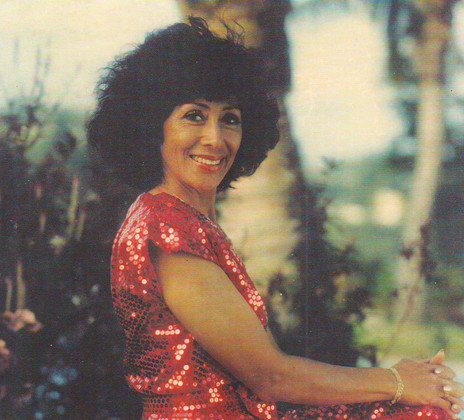
Eliza Keil in Vanuatu.
Photo credit:
Eliza Keil collection
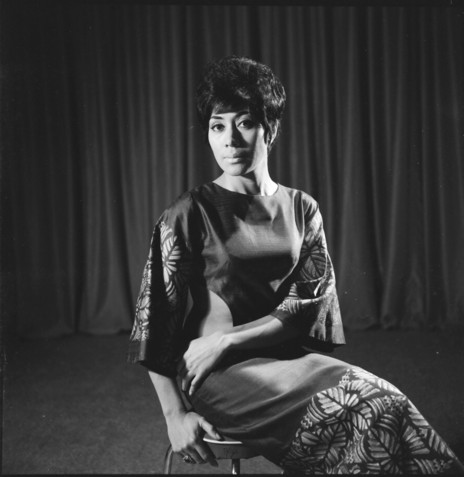
Eliza Keil, a studio portrait by John Rykenberg, 6 July 1968.
Photo credit:
Sir George Grey Special Collections, Auckland Libraries, 1269-Y783-10
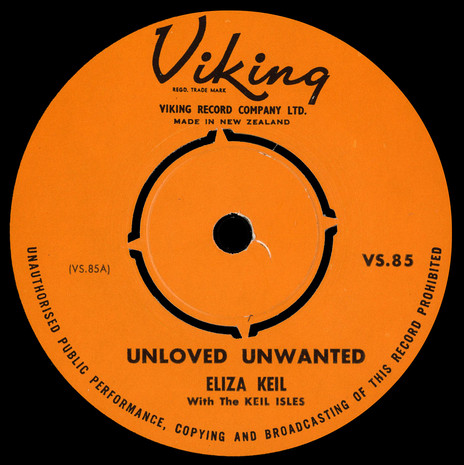
Eliza Keil with the Keil Isles - Unloved Unwanted (Viking, 1962)
Photo credit:
RNZ collection
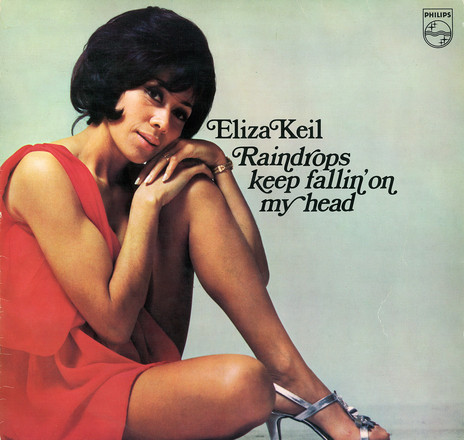
Eliza Keil - Raindrops Keep Fallin' On My Head (Philips, 1970)
Photo credit:
RNZ collection
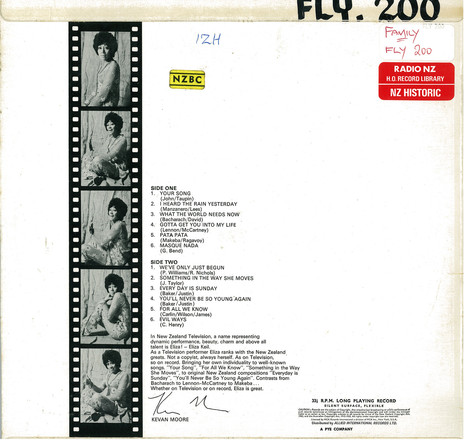
Reverse side of Eliza Keil's 1972 album Your Songs, on the Family label.
Photo credit:
RNZ collection
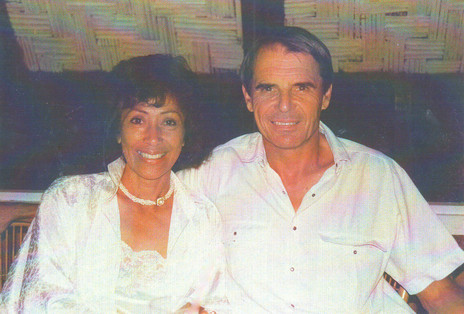
Eliza Keil and her husband Robert Heston.
Photo credit:
Eliza Keil collection
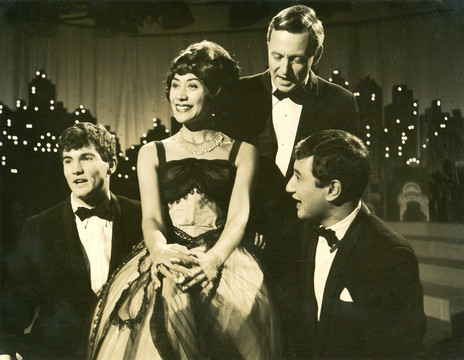
Eliza Keil in a NZBC TV production with, from left, Robert Gennari, Eddie McCarthy and Ronnie Daverne
Photo credit:
NZBC
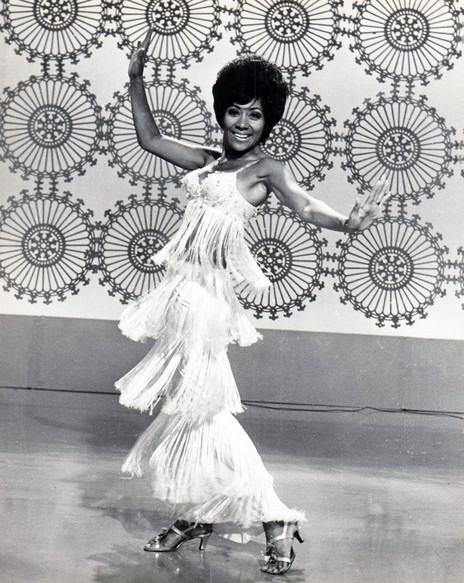
Eliza Keil in a television appearance.
Photo credit:
Eliza Keil collection
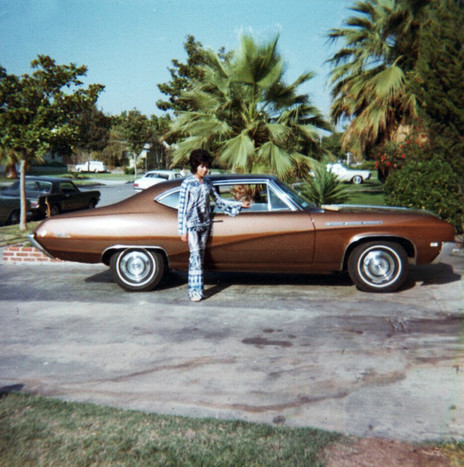
Eliza Keil with 70s wheels.
Photo credit:
Eliza Keil collection
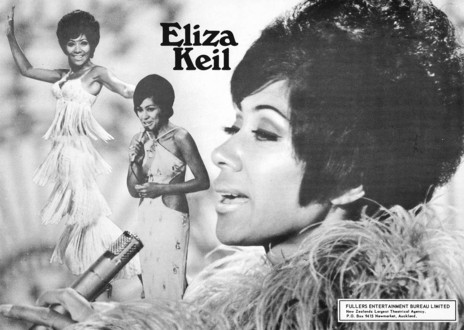
Eliza Keil in a Fullers Entertainment publicity shot.
Photo credit:
Eliza Keil collection
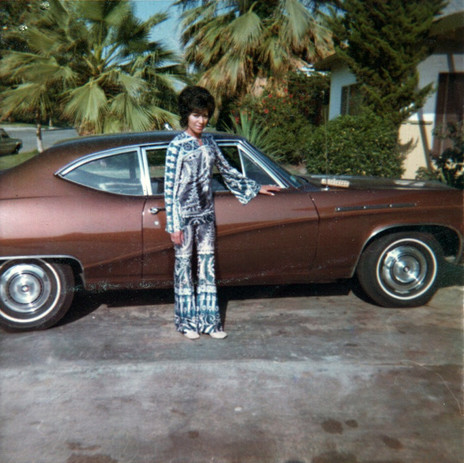
Eliza Keil in the 1970s.
Photo credit:
Eliza Keil collection
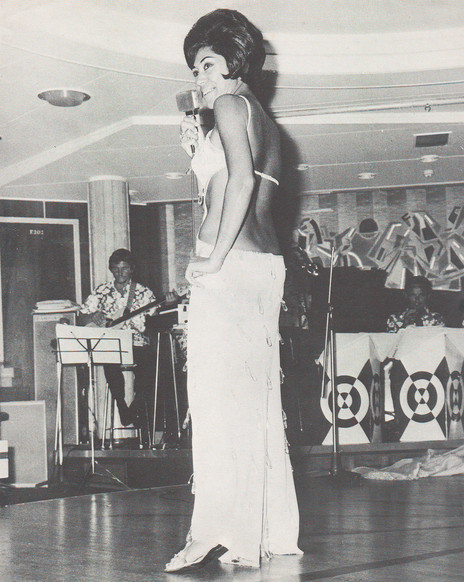
Eliza Keil.
Photo credit:
Eliza Keil collection
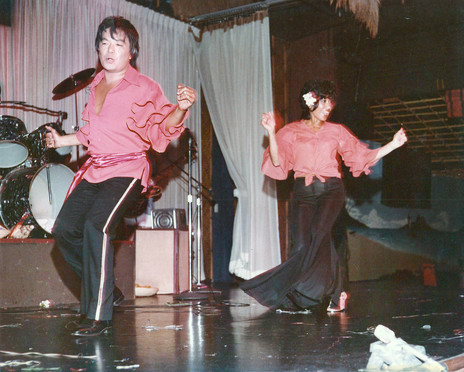
Eliza Keil in Hawai'i.
Photo credit:
Eliza Keil collection
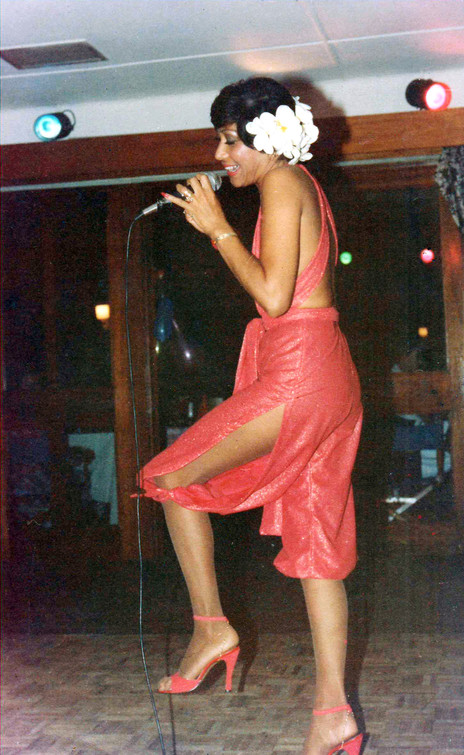
Eliza Keil in Vanuatu.
Photo credit:
Eliza Keil collection
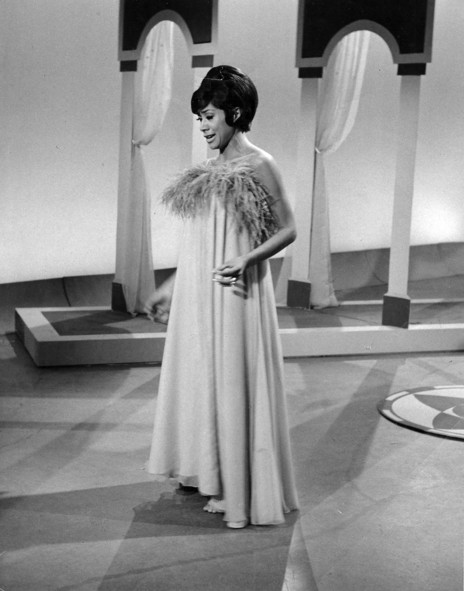
Eliza Keil in a television appearance.
Photo credit:
Eliza Keil collection
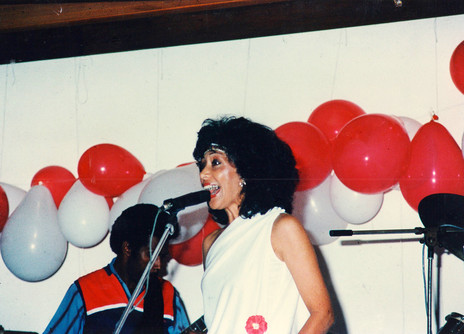
Eliza Keil in Vanuatu.
Photo credit:
Eliza Keil collection
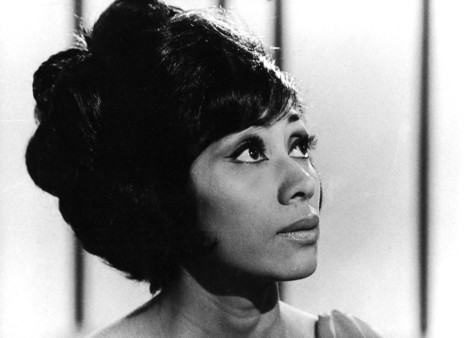
Eliza Keil in a television appearance.
Photo credit:
Eliza Keil collection
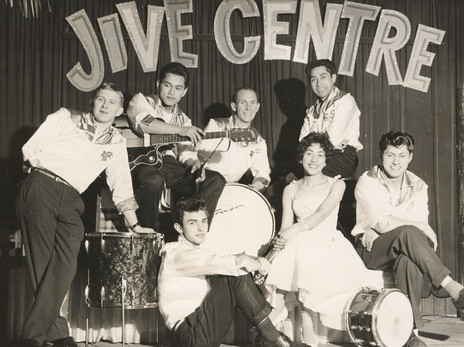
The Keil Isles at Auckland's Jive Centre in Trades Hall, 1960. From top left: Bill Fairs, Herma Keil, Lou Miller, Klaus Keil. Bottom row: Brian Henderson (seated at left), Eliza Keil, Olaf Keil.
Photo credit:
Bill Fairs collection
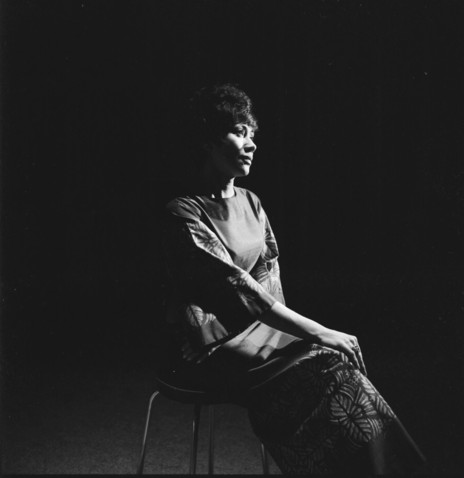
Eliza Keil, a studio portrait by John Rykenberg, 6 July 1968.
Photo credit:
Sir George Grey Special Collections, Auckland Libraries, 1269-Y783-9
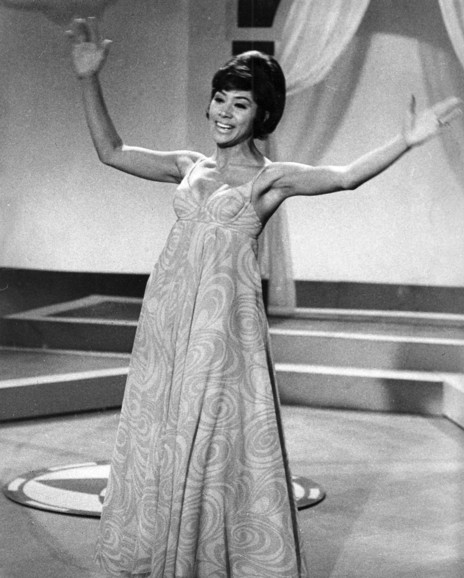
Eliza Keil in a television appearance.
Photo credit:
Eliza Keil collection
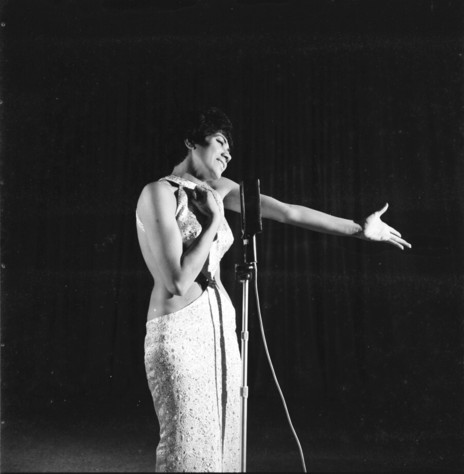
Eliza Keil, a studio portrait by John Rykenberg, 6 July 1968.
Photo credit:
Sir George Grey Special Collections, Auckland Libraries, 1269-Y782-3
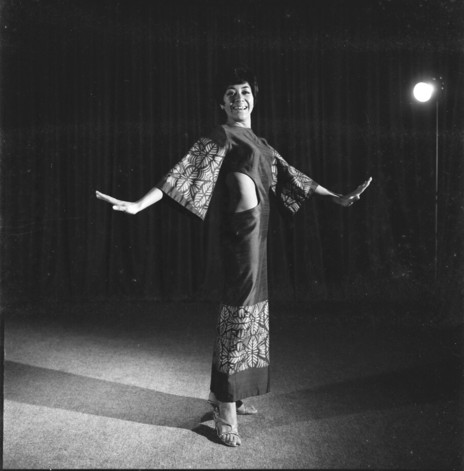
Eliza Keil, a studio portrait by John Rykenberg, 6 July 1968.
Photo credit:
Sir George Grey Special Collections, Auckland Libraries, 1269-Y783-6
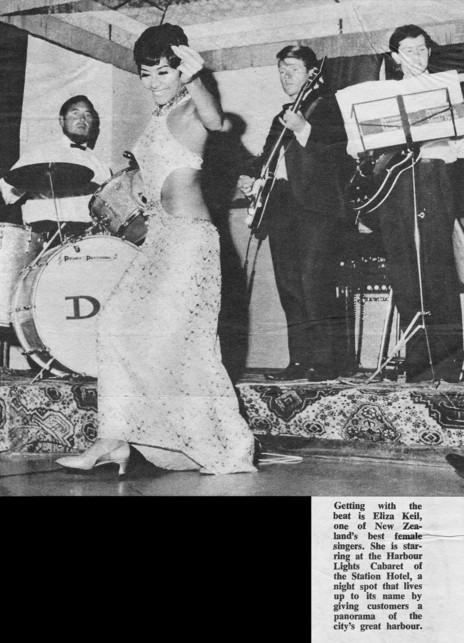
Eliza Keil at the Station Hotel, Auckland, 1969.
Photo credit:
Eliza Keil collection
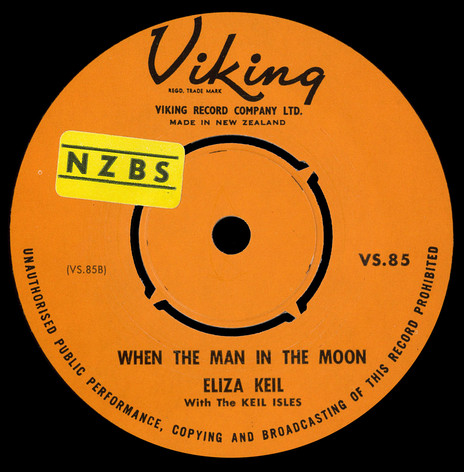
Eliza Keil with the Keil Isles - When The Man In The Moon (Viking, 1962)
Photo credit:
RNZ collection
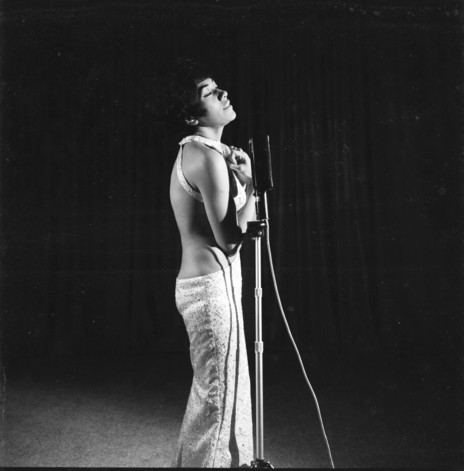
Eliza Keil, a studio portrait by John Rykenberg, 6 July 1968.
Photo credit:
Sir George Grey Special Collections, Auckland Libraries, 1269-Y782-2
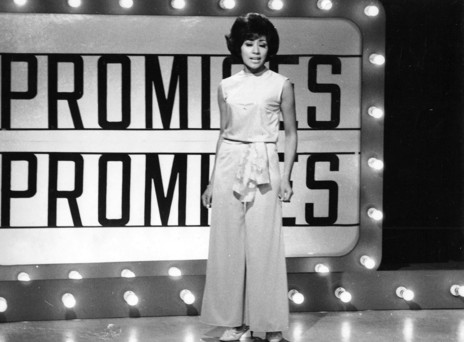
Eliza Keil in a television appearance.
Photo credit:
Eliza Keil collection
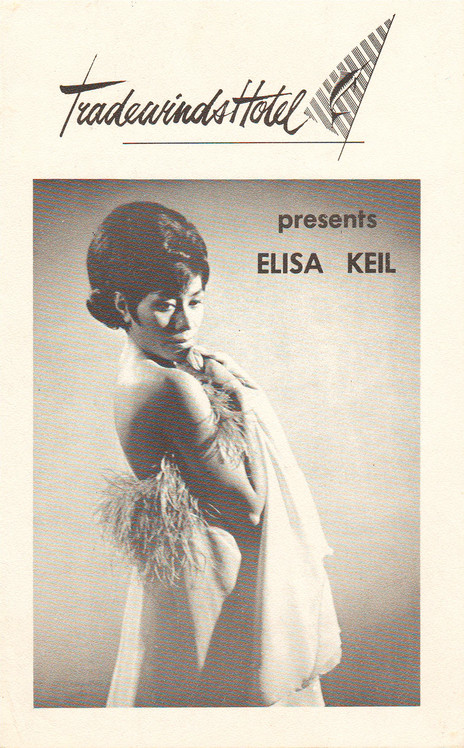
Programme for Eliza Keil's show at the Trade Winds Hotel, Fiji.
Photo credit:
Eliza Keil collection
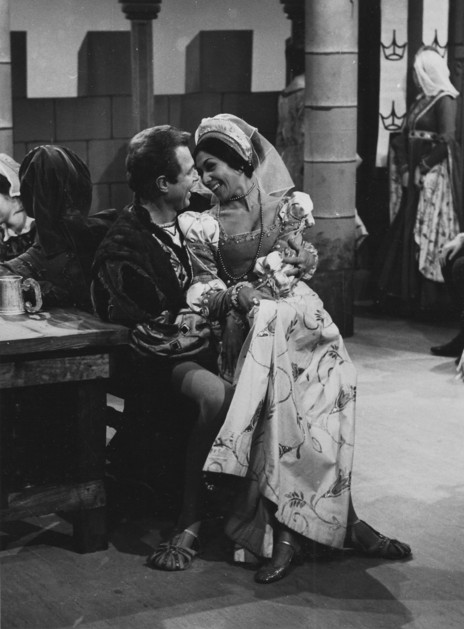
Eliza Keil with Max Cryer in Camelot.
Photo credit:
Eliza Keil collection
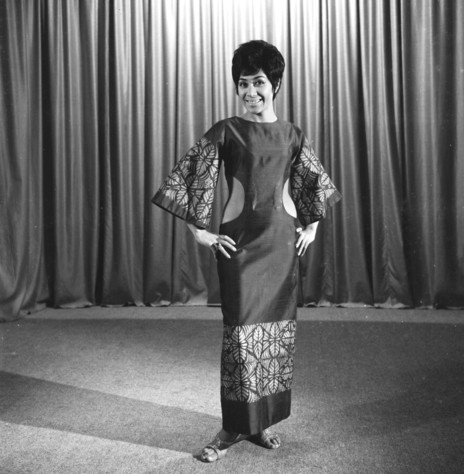
Eliza Keil, a studio portrait by John Rykenberg, 6 July 1968.
Photo credit:
Sir George Grey Special Collections, Auckland Libraries, 1269-Y783-8
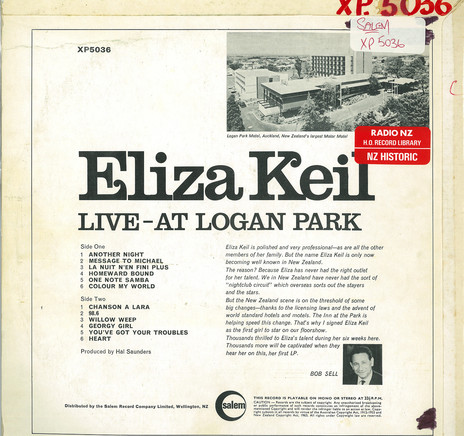
Reverse side of Eliza Keil - Live at Logan Park (Salem, 1967).
Photo credit:
RNZ collection
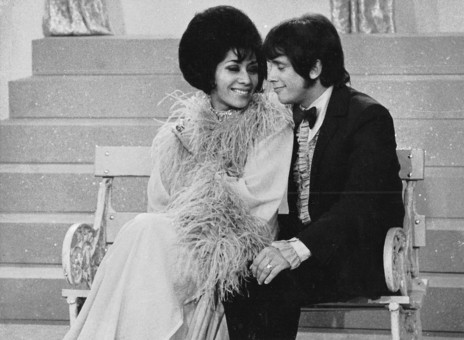
Eliza Keil and Ray Columbus in The Music Makers. This NZBC-TV show celebrated standards written by composers such as George Gershwin, Frank Loesser, Richard Rodgers, Burt Bacharach and Lionel Bart.
Photo credit:
Eliza Keil collection
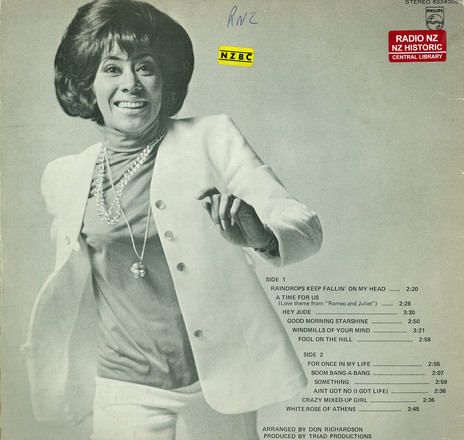
Reverse side, Eliza Keil - Raindrops Keep Fallin' On My Head (Philips, 1970)
Photo credit:
RNZ collection
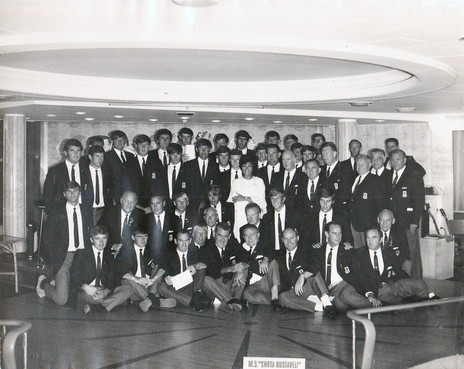
Eliza Keil aboard the MS Shota Rustaveli.
Photo credit:
Eliza Keil collection
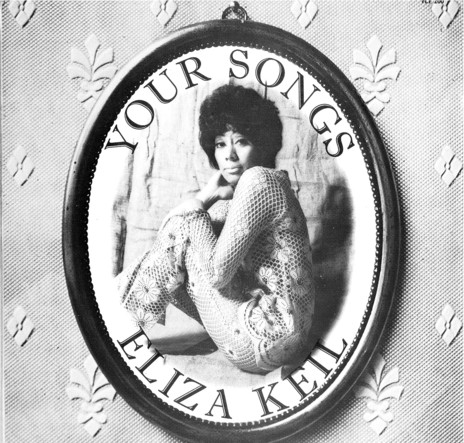
Eliza Keil's 1972 album Your Songs, on the Family label.
Photo credit:
RNZ collection
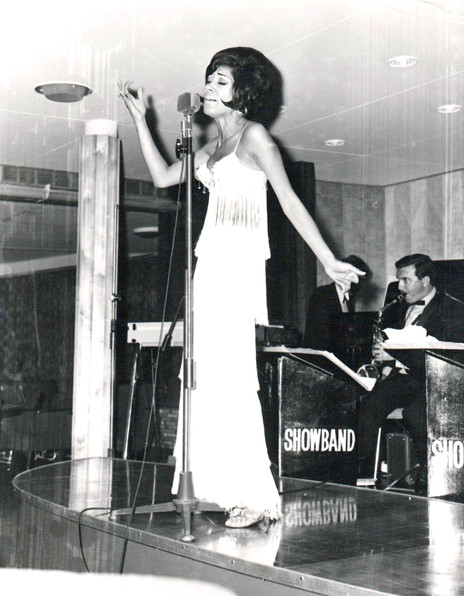
Eliza Keil performing aboard the MS Shota Rustaveli.
Photo credit:
Eliza Keil collection
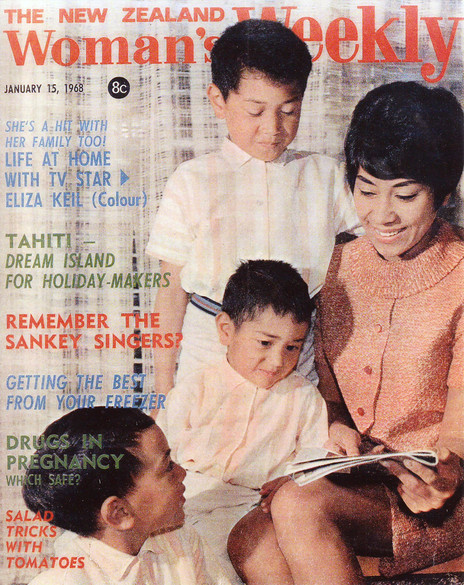
Eliza Keil and family in the NZ Women's Weekly, January 15 1968.
Photo credit:
Eliza Keil collection
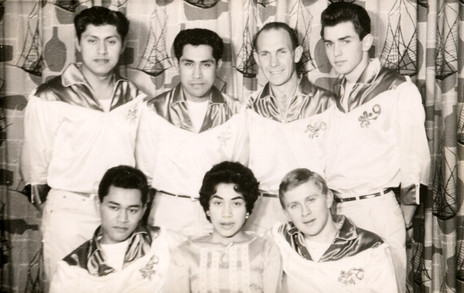
Eliza Keil with the Keil Isles in the early 1960s. Back row, from left: Olaf Keil, Klaus Keil, Lou Miller, Brian Henderson. In front, Herma Keil, Eliza Keil, Bill Fairs.
Photo credit:
Bill Fairs collection
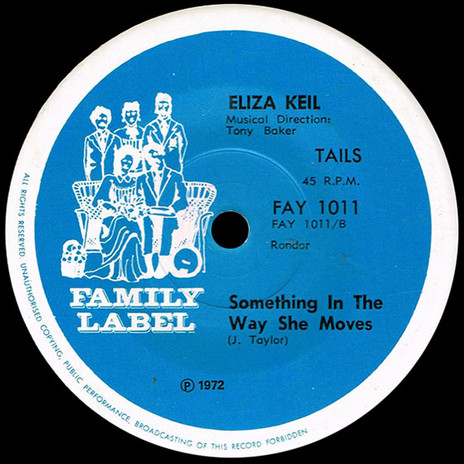
Eliza Keil - Something In The Way She Moves (Family, 1972)
Photo credit:
Eliza Keil collection
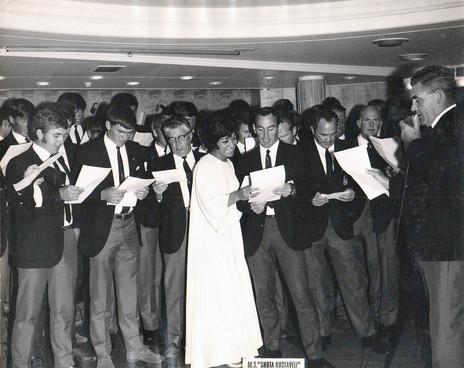
Eliza Keil aboard the MS Shota Rustaveli.
Photo credit:
Eliza Keil collection
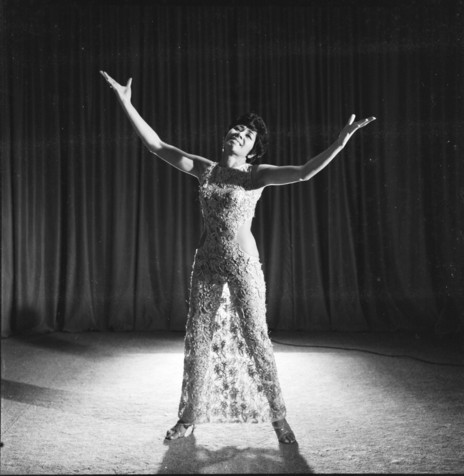
Eliza Keil, a studio portrait by John Rykenberg, 6 July 1968.
Photo credit:
Sir George Grey Special Collections, Auckland Libraries, 1269-Y782-6
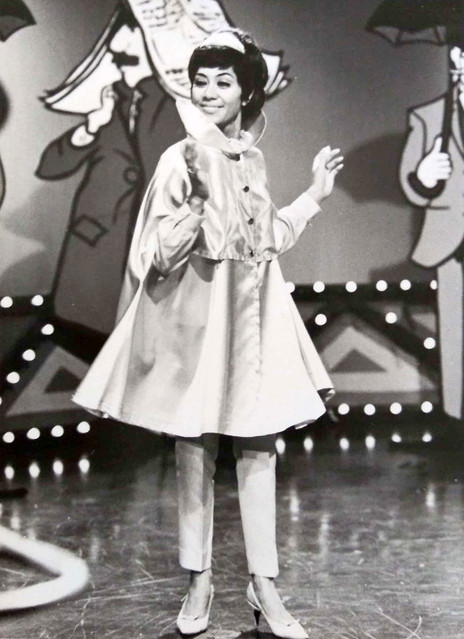
Eliza Keil.
Photo credit:
Eliza Keil collection
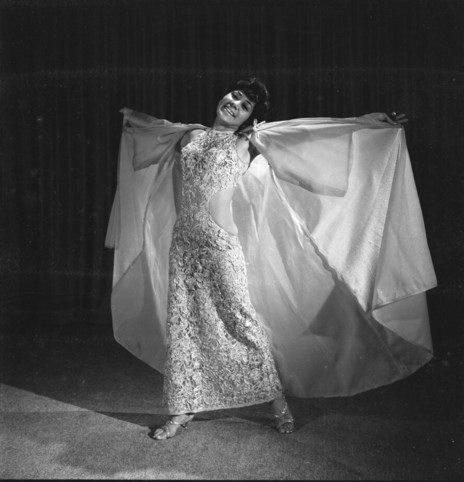
Eliza Keil, a studio portrait by John Rykenberg, 6 July 1968.
Photo credit:
Sir George Grey Special Collections, Auckland Libraries, 1269-Y783-4
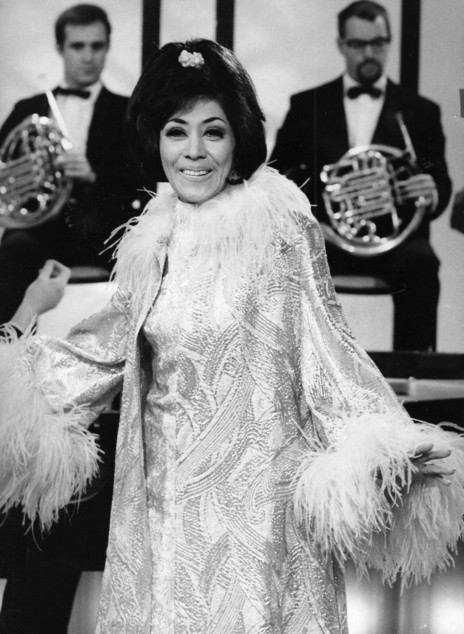
Eliza Keil in a television appearance.
Photo credit:
Eliza Keil collection
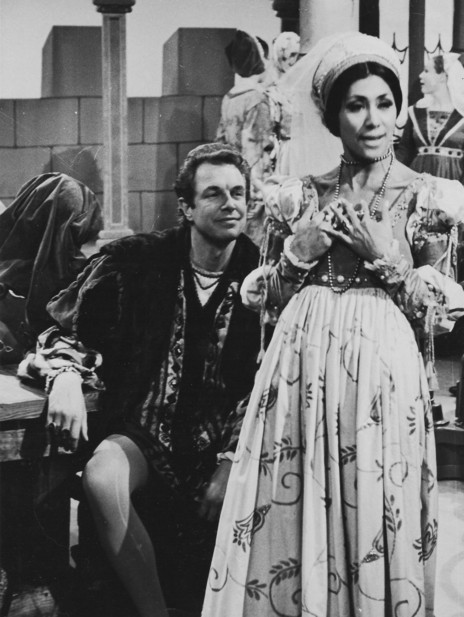
Eliza Keil with Max Cryer in Camelot.
Photo credit:
Eliza Keil collection
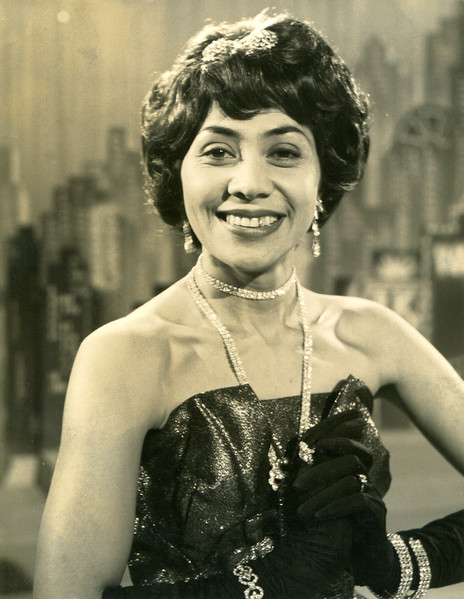
Eliza Keil in an NZBC TV variety show, produced by John Barningham with musical direction by Garth Young